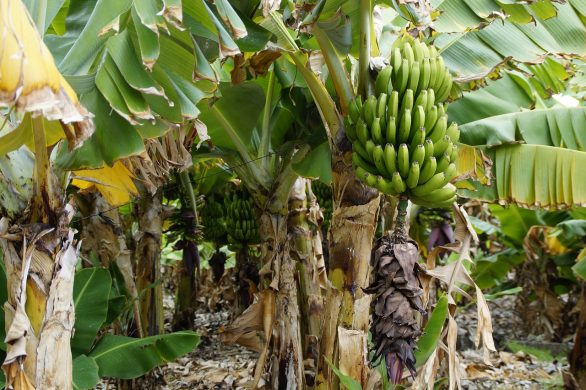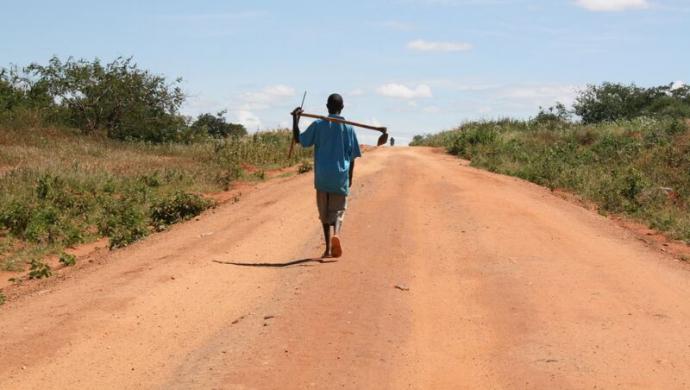Important concern for the industry
Fusarium wilt TR4 was first detected in Southeast Asia in the 1990s and has now been identified at 19 sites in 10 countries, including the Near East, South Asia and Mozambique in sub-Saharan Africa.
The global programme is initially targeting 67 countries in a bid to prevent its spread and management.
Without a coordinated intervention, scientists estimate that the disease could affect up to 1.6 million hectares of current banana lands by 2040, representing one-sixth of current global production with an estimated annual value of USD 10 billion. The programme aims to reduce the potentially affected area by up to 60 percent.
Benefits in the long run
The five-year programme is designed to build on existing initiatives tackling the disease and focuses on strengthening local technical capacities and supporting the development of science-based technologies and tools through research on biology and epidemiology of the fungus, its detection, surveillance, rapid containment actions, soil health and the development of resistant cultivars.
For areas where the disease is not present or first appears, inspection, surveillance and rapid response measures will be developed. Where it already occurs, improved and integrated disease management techniques will be developed along with the search for and deployment of resistant varieties.
What is Fusarium wilt TR4?
Part of the Fusarium oxysporum f.sp. cubense family, the disease is caused by a new variant of the fungus that had decimated banana plantations in the early 20th century, ultimately causing more than USD 2 billion in damages and leading to the replacement of the Gros Michel banana type with the Cavendish variety, which proved resistant to the earlier strain of the fungus but has now succumbed to the new race TR4.
Affected plants show yellowing leaves, which then collapse and form a skirt of debris around the lower part of the plant. The fungus can easily spread and remain viable in the soil for decades. This is why the phytosanitary standards provided by the International Plant Protection Convention are essential as the best approach by far in preventing the fungus from arriving in a new country or region.
When discovered, infested areas should be rapidly and properly fenced in, infected plants destroyed and further quarantine measures taken. Implementation of such measures will vary widely according to whether production systems are based on smallholder farming, mixed-cropping systems or monoculture plantations.














